Within the next century, there will be more dead people with Facebook accounts than living people. Before now, we’ve always treated the dead with dignity. But, with the rise of AI and chat-bots, our understanding of humanity, and its death, is changing. This rise in new technology is threatening our loved ones with digital immortality. Carl Öhman urges us to regulate this, before it is too late.
In the Black Mirror episode “Be Right Back,” the protagonist, Martha, loses her partner Ash in a car accident. Martha is devastated. But then she receives an invitation to try a beta version of a new app. Using a deceased person’s digital footprint as its basis—search data, conversation logs, tweets, snaps, playlists, and so on—the app produces a chatbot that perfectly replicates the personality of your lost loved one. Martha is at first skeptical, even insulted by the mere suggestion. Ash is dead, and no algorithm in the world can change that. But then she makes a shattering discovery—she is pregnant with Ash’s child. After a few hours of agony, she can no longer hold off. She decides to use the service to send no more than one message to the chatbot replica: “I am pregnant.” As those who have seen the show will know, it is far from the last one.
___
In 2022, Amazon announced that they had developed a feature that enabled Alexa to speak in the voice of a deceased relative
___
When “Be Right Back” was released in 2013, bots that could realistically impersonate a human were science-fiction. But since then, a number of firms have launched services that aim to do just that. The first generation, including Eterni.me and Eter9, clearly had big ambitions, yet all failed to render any financial success. With the rapid development of large language models, however, more firms quickly popped up, including YoV, Project December and Soul Machines. In 2022, Amazon announced that they had developed a feature that enabled Alexa to speak in the voice of a deceased relative. They even made a promotional video for it, in which a boy asks Alexa to read a story in the voice of his departed grandmother. Even Microsoft has filed a patent for a similar idea. While these services still have a limited user base in the West, the phenomenon is gaining considerable traction in e.g., China, where dozens of firms offer various forms of digital resurrection—from interactive chatbots to virtual avatars. And as the public grows increasingly comfortable with chatbot interaction in everyday life, it is plausible that digital resurrection will become a more integrated part of a mainstream grieving process.
SUGGESTED VIEWING The AI enigma With Cory Doctorow, Joscha Bach, Mazviita Chirimuuta
With more capital flowing into the industry, and in view of the rapidly improving quality of generative AI, it is important to consider the ethical aspects involved, not least in terms of ensuring dignity for those who (with or without their consent) are granted such a digital afterlife. Many of the ethical questions that arise from these resurrection efforts have been on the digital ethics agenda ever since the release of “Be Right Back.” With what moral authority does Martha “resurrect” her late spouse? Is it good for her? And what is the ethical status of the robot? Yet, one crucial detail of the story tends to be overlooked in these debates, namely, the anonymous firm that provides the technology. The episode offers little information about who they are and what their motives may be.
___









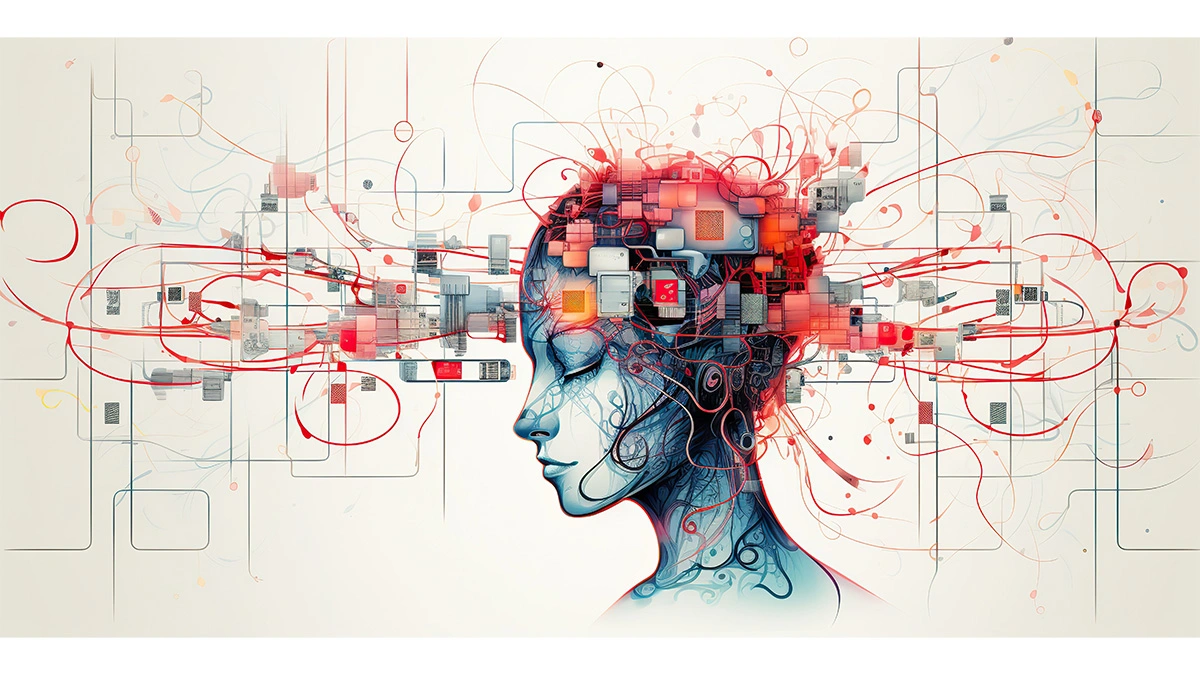


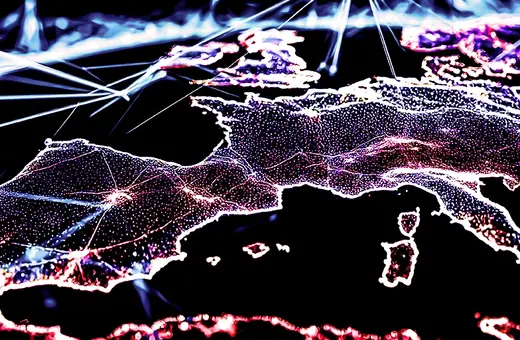
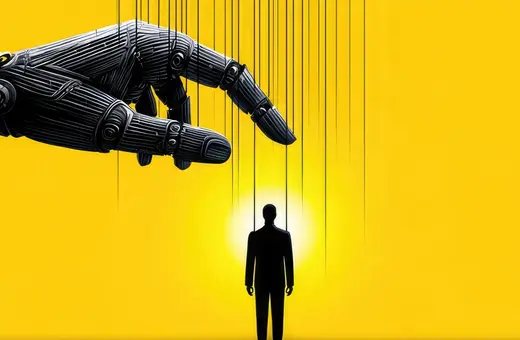


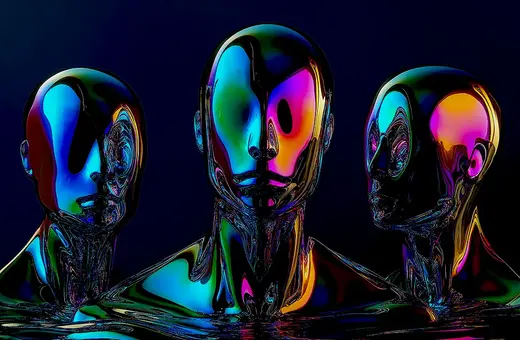
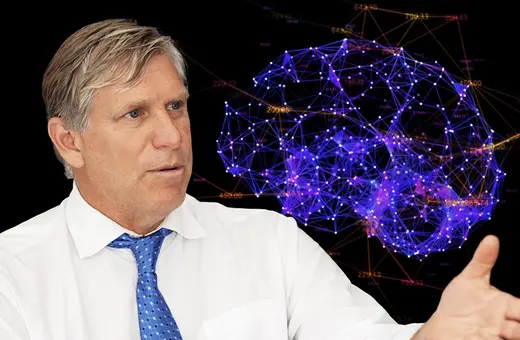
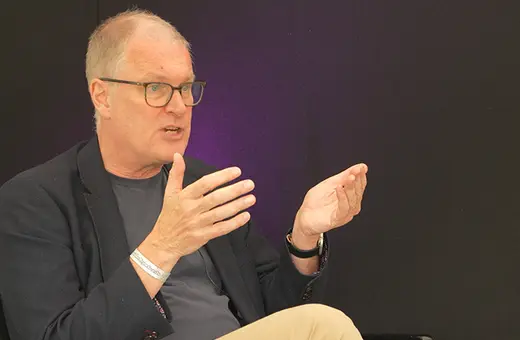

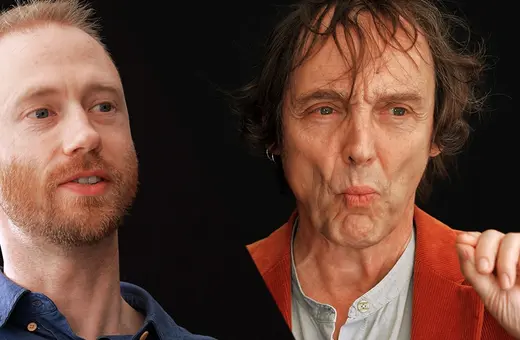

Join the conversation